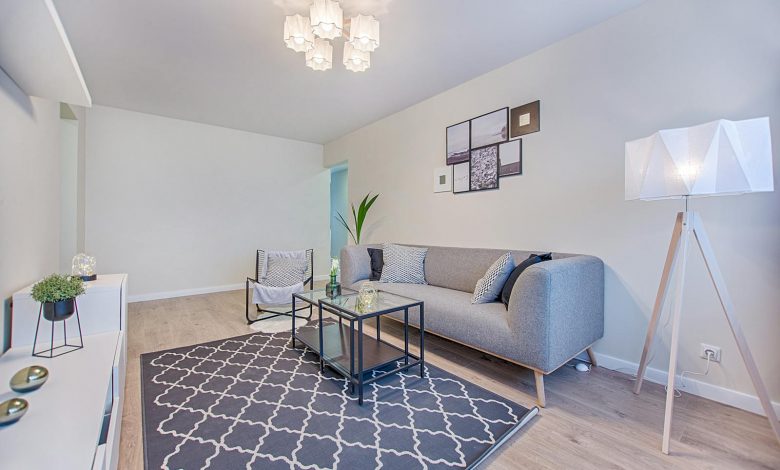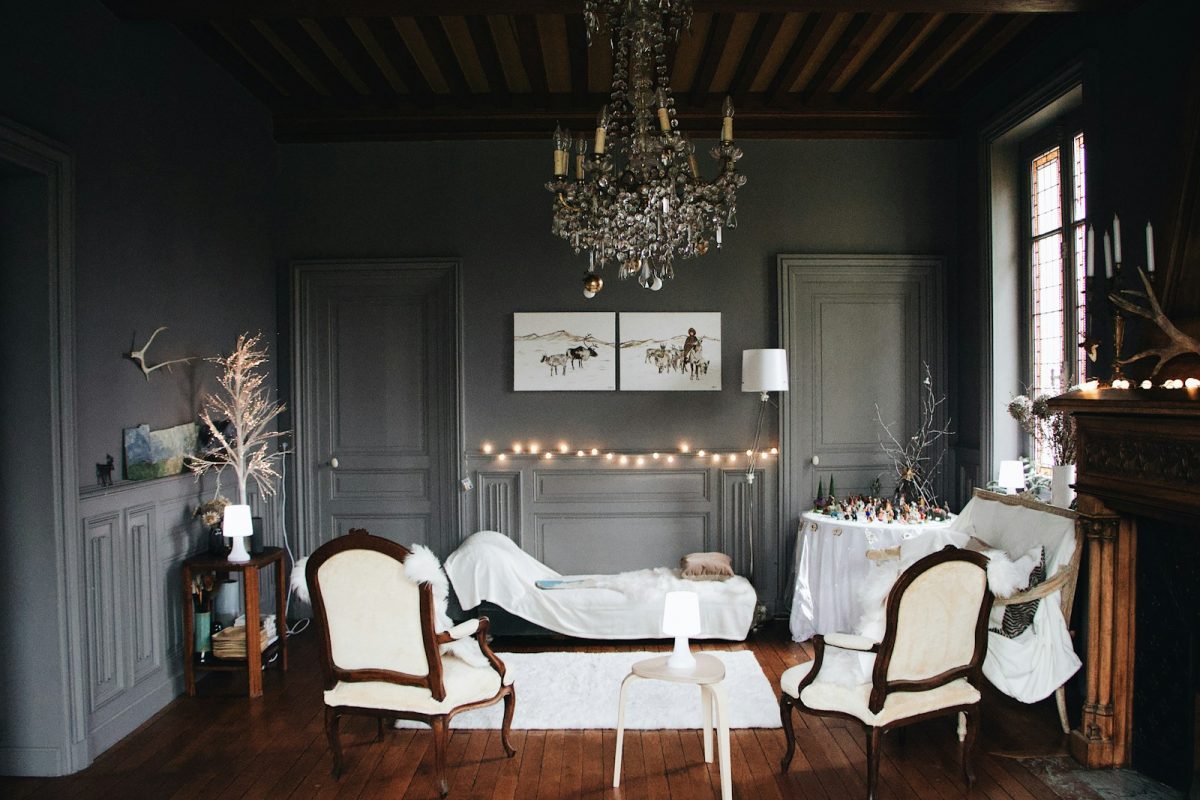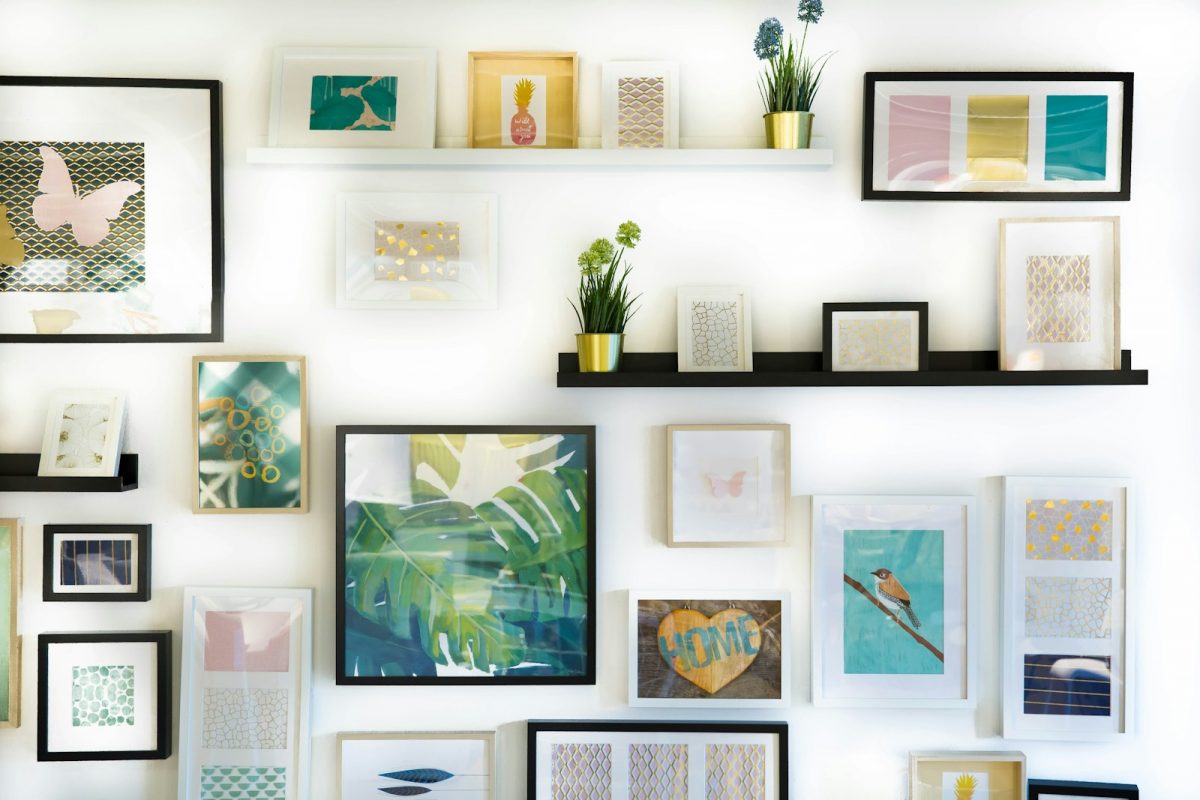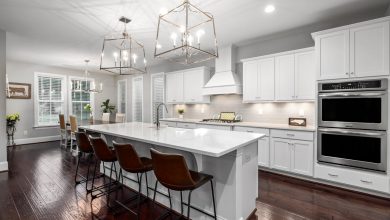Small Living Room Remodels & Styles

Remodeling a small living room can be both an exciting challenge and a rewarding project. The goal is to transform a compact space into a functional, comfortable, and stylish area that suits your lifestyle. Small living rooms often require creative solutions to make the most of limited square footage. This involves selecting the right furniture, optimizing layout, choosing the perfect color palette, and incorporating a style that maximizes the room’s potential. With thoughtful planning and design strategies, even the smallest living room can feel spacious and welcoming, turning limitations into opportunities for innovation and unique design.
Understanding the Fundamentals of Small Living Room Design
Making the most out of a small living room starts with smart space optimization. Furniture placement plays a crucial role here. By arranging furniture against walls, you can open up the central area, making the room appear larger. Opting for furniture that has legs can also create a sense of openness since the floor remains visible, tricking the eye into seeing more space. Vertical storage solutions, like wall-mounted shelves or tall bookcases, keep the floor clear and utilize the room’s height for storage. Utilizing mirrors can also be a game changer—they reflect light and create a visual illusion of extended space, which makes the room feel bigger than it actually is.
Choosing the Right Color Palette
The color palette you choose for a small living room can dramatically affect the perception of space. Lighter shades, such as whites, soft pastels, and cool neutrals, can make the room feel airy and spacious. These colors reflect natural light, enhancing the room’s brightness and giving it a more open feel. On the other hand, darker colors can make a room feel cozier but may also make it appear smaller. A monochromatic color scheme, where different shades of the same color are used throughout the room, can create a sense of continuity and make the space feel larger. Accents of brighter or contrasting colors can be introduced through accessories like cushions, throws, or wall art to add character without overwhelming the room.
Popular Small Living Room Styles to Consider
Minimalist design is a fantastic option for small living rooms because it focuses on simplicity and functionality. This style emphasizes clean lines, uncluttered spaces, and a restrained color palette. By reducing the number of furniture pieces and keeping accessories to a minimum, the room remains open and airy. Furniture in a minimalist living room is often multifunctional, such as a coffee table with storage or a sofa that doubles as a guest bed. The key to minimalism is to keep the space as open and streamlined as possible, avoiding excess decor and allowing the room’s few elements to speak for themselves. This approach not only makes the space look bigger but also helps create a calming, orderly environment.

Scandinavian Style
Scandinavian style is another excellent choice for small living rooms, combining minimalism with warmth. It’s characterized by natural light, neutral color schemes, and simple, functional furniture. Scandinavian design often includes natural materials such as wood and leather, which add warmth and texture to the room. The use of light-colored woods and a palette of whites, grays, and soft blues creates a serene, inviting space. Textiles play a significant role in this style—think cozy wool blankets, fluffy rugs, and soft cushions that add comfort and coziness without overwhelming the space. This style is perfect for small rooms because it emphasizes a clean, uncluttered look while still feeling homey and welcoming.
Incorporating Multifunctional Furniture
In a small living room, every piece of furniture should serve multiple purposes to maximize space. Consider a sofa that doubles as a bed for guests, or an ottoman that provides both seating and storage. Foldable tables, nesting tables, or drop-leaf dining tables can be expanded when needed and compactly stored when not in use. Wall-mounted desks or convertible furniture pieces can provide a working area without taking up valuable floor space. This type of furniture not only saves space but also keeps the room organized and functional, catering to various needs without cluttering the area.
Built-In and Custom Furniture Options
Custom-built furniture is tailored to fit your space perfectly, making it a great option for small living rooms. Built-in shelves, cabinets, and seating can be designed to maximize storage and minimize clutter. For example, a built-in window seat with drawers underneath can provide extra seating and storage in a compact form. A wall-mounted media unit with integrated shelving can store books, decor, and media equipment without taking up floor space. Custom furniture solutions like these not only make efficient use of every inch of space but also add a unique and personal touch to your living room design.
Lighting and Accessories for Small Living Rooms
Layered lighting is essential in a small living room to create a warm and inviting atmosphere. The key is to combine different types of lighting: ambient, task, and accent. Ambient lighting, such as ceiling lights or wall-mounted fixtures, provides general illumination. Task lighting, such as floor lamps or reading lamps, is used for specific activities like reading or working. Accent lighting, like spotlights or under-shelf lights, adds drama and highlights specific areas or objects in the room. This combination not only enhances the room’s functionality but also adds depth and dimension, making the space feel more dynamic and spacious.
Selecting the Right Accessories
When accessorizing a small living room, it’s crucial to strike a balance between adding personality and avoiding clutter. Choose a few statement pieces, like a large artwork or a decorative mirror, to create a focal point without overwhelming the space. Mirrors are especially useful as they reflect light and create an illusion of more space. Small decor items, like vases, candles, or plants, can be placed strategically to add interest without overcrowding. Textiles such as throw pillows, blankets, and rugs can introduce color and texture, making the room feel cozy and inviting without compromising on space.
Incorporating Greenery and Natural Elements
Adding greenery to a small living room can instantly enhance its ambiance and bring in a touch of nature. Small plants like succulents, ferns, or air plants are perfect for small spaces as they require minimal space and care. Hanging planters or vertical gardens are great options for adding plants without using floor space. These options not only save space but also add a refreshing green touch that improves air quality and boosts the overall mood of the room. Using planters with modern designs can also complement the room’s style, adding another layer of decor without overwhelming the space.
Using Natural Materials and Textures
Incorporating natural materials like wood, stone, or wicker can add warmth and texture to a small living room, making it feel more cozy and inviting. A wooden coffee table, a stone accent wall, or woven baskets for storage can introduce natural elements that add depth and interest to the space. These materials also provide a tactile experience that makes the room feel more comfortable and lived-in. Using natural textures in neutral tones can complement various styles, from modern to rustic, enhancing the room’s aesthetic appeal without making it feel cluttered.
Maximizing Vertical Space in a Small Living Room
When floor space is at a premium, vertical storage solutions become invaluable. Tall bookcases, wall-mounted shelves, or floating cabinets allow you to store items without taking up floor space. These options help to declutter the room and make use of every inch of available space. Vertical storage not only maximizes the utility of your room but also draws the eye upwards, creating the illusion of a taller, more spacious area. Floating shelves, for example, can display books, plants, or decorative items while keeping the floor clear, enhancing both functionality and aesthetic appeal.

Incorporating Wall-Mounted Decor
Using wall-mounted decor can add style and personality to a small living room without consuming valuable floor space. Hanging artwork, photographs, or wall sculptures can create visual interest and draw attention away from the room’s limited size. Arranging decor in a gallery wall format can make a bold statement while maintaining a cohesive look. Large-scale art pieces can also serve as a focal point, giving the room character and a sense of purpose. These options allow you to personalize your space creatively, adding visual appeal without making the room feel crowded.
Common Mistakes to Avoid in Small Living Room Remodels
A common mistake in small living room design is overcrowding the space with too much furniture or decor. It’s essential to keep the room as open and uncluttered as possible to maintain a sense of spaciousness. Avoid filling every corner with furniture; instead, select a few key pieces that provide functionality without overwhelming the space. Maintaining negative space—areas without furniture or decor—helps the room breathe and feel larger. It’s also crucial to choose appropriately sized furniture; oversized pieces can dominate a small room, making it feel cramped and uncomfortable.
Neglecting Vertical Space
Another mistake often made in small living room remodels is neglecting vertical space. Utilizing walls for storage, display, or decor can free up valuable floor space and add height to the room’s visual appeal. Failing to consider vertical space can result in a cramped, cluttered room that feels smaller than it actually is. Incorporating elements like tall bookcases, floating shelves, or hanging planters can help you use every inch of space effectively. By thinking vertically, you can enhance both the functionality and aesthetics of your living room, creating a more balanced and spacious environment.
Conclusion
Transforming a small living room into a functional and stylish space requires thoughtful planning and creative solutions. By understanding the fundamentals of small space design, selecting the right style, incorporating multifunctional furniture, optimizing lighting, and avoiding common mistakes, you can create a room that is both practical and aesthetically pleasing. Adding natural elements and maximizing vertical space further enhances the room’s overall appeal, making it feel larger and more inviting. With the right approach, even the smallest living rooms can be transformed into beautiful, cozy, and functional spaces that reflect your personal style.




